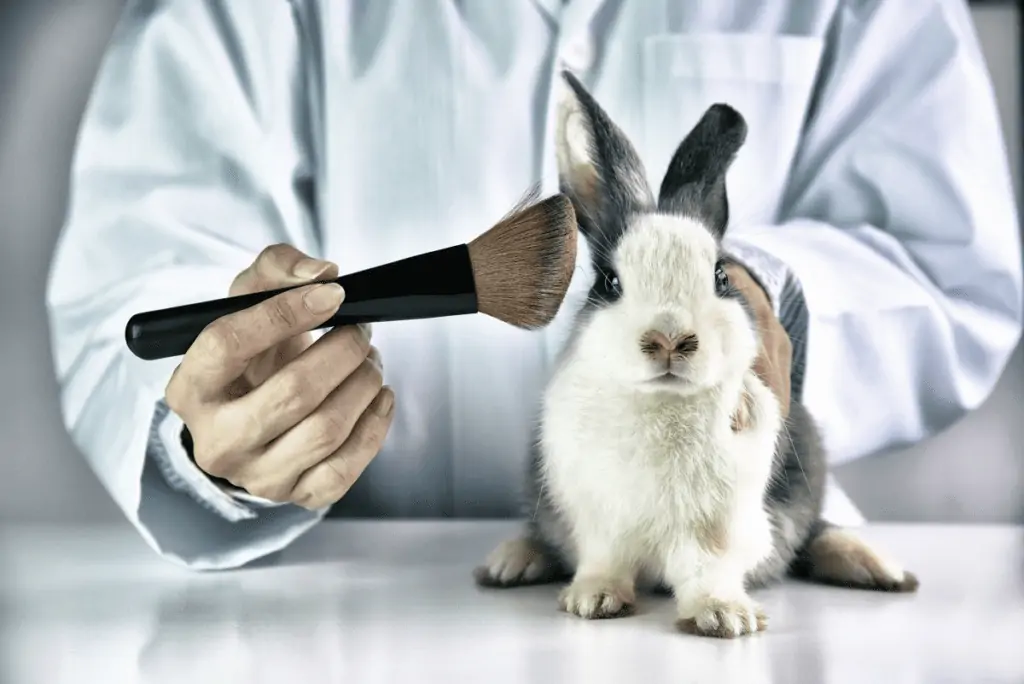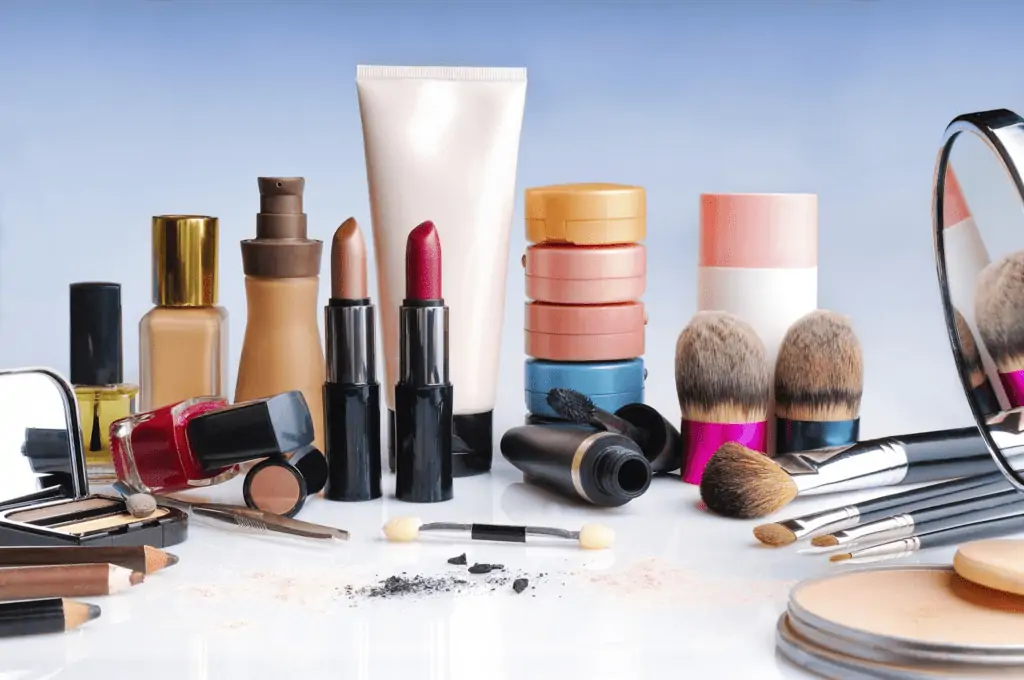Clean beauty products, sometimes mentioned as cruelty-free products, are now heading to China. Or are they? A wave of international clean beauty brands is already queuing up to enter. Still, there are a lot of confusion regarding the new animal testing law for cosmetics.
NBH guides you through Chinas animal testing law and the new regulations that took effect 1st of May 2021.
So, what is this “Animal testing regulation”?
To understand the requirements for beauty products in China you first need to know that China divides cosmetics into two main categories:
Non-special use cosmetics can also be referred to as general cosmetics or ordinary cosmetics, which are pretty much all makeup, nail polish, perfumes, skincare, etc.
Special-used cosmetic is products with functional effect, for example, hair dying, sunscreen, anti-hair loss, and whitening products.
In 2012, China revealed that all cosmetics sold in China, regardless of category, were required to be animal tested. This made a big change for many beauty brands selling in China. As a result, brands had to choose to stick to their ethical principles and not sell in China or give up their cruelty-free values.
It was clear, all cosmetic brands wanting to sell in China had to submit a sample of their products to a Chinese lab and be animal tested.
In 2014, China eased the law on non-specific cosmetics. Products manufactured in China did not need to undergo animal testing as long as they met specific safety requirements. In response to this change, many international companies chose to move their production to China in order to circumvent animal testing demands.
Better news came this year, 2021, when China made some major changes to their animal-testing law for cosmetics. China ended mandatory animal testing for a majority of cosmetic products. Meaning that the new provisions cover most general non-special use cosmetics but not special-used cosmetics.
New Opportunities, New Challenges
The wait for many international beauty brands has been long, but the new law rewrites the world map of beauty products.
But, the road is not that straight, to enter China it is important to do your homework. To avoid animal testing your brand needs to fulfil two specific pre-conditions :
- Acquire GMP (Good Manufacturing Practices) certifications proved by local government cosmetic authority
- Obtain a Safety Assessment that fully confirm the safety of products
If the beauty brand fulfils these two pre-conditions, it may be possible to sell in China. But for general cosmetics there are still three exceptions :
- Products aimed at infants and/or children
- Cosmetic products that contain new unknown substances
- The manufacturer is listed as a key supervision target by the NMPA (National Medical Product Administration)
If the beauty brand fulfils one of the above exceptions, the brand is required to do animal testing.
China is the second largest beauty care market in the world with a turnover of 75,35 billion dollars and the market will clearly grow.
The journey for the segment of beauty in China in the following years will be interesting to observe. Before this May, foreign clean beauty brands were unable to reach their full potential on the Chinese market. The brands were limited to selling at cross-border E-Commerce and offline pilot schemes.
Many of the foreign cruelty-free beauty brands are now excepted to expand directly on Tmall instead of Tmall Global. The difference will be a cost-effective way to reach a far larger number of consumers. China is the second-largest beauty care market in the world with a turnover of 75,35 billion dollars and the market will clearly grow.
How to market your Clean Beauty Brand in China?
Clean beauty often refers to products that are vegan, ethical, and with natural ingredients. This segment of products is still a niche segment of the Chinese market. Chinese consumers mostly look for products with functional benefits rather than ethical and emotional ones. There is therefore important how to brand your product. There are many domestic Chinese beauty brands that is vegan and cruelty-free but it is not what they first highlight. They are more focused on function and results using the product.
In recent years, however, the awareness of environmental issues and sustainable products has increased. This pushes the consumers to more eco-friendly products, especially the younger generation, millennials, and generation Z, trendsetters. Cruelty-free products are gaining interest for Chinese consumers, so be sure, that the market will grow.
Want to know more? Please follow our newsletter.








